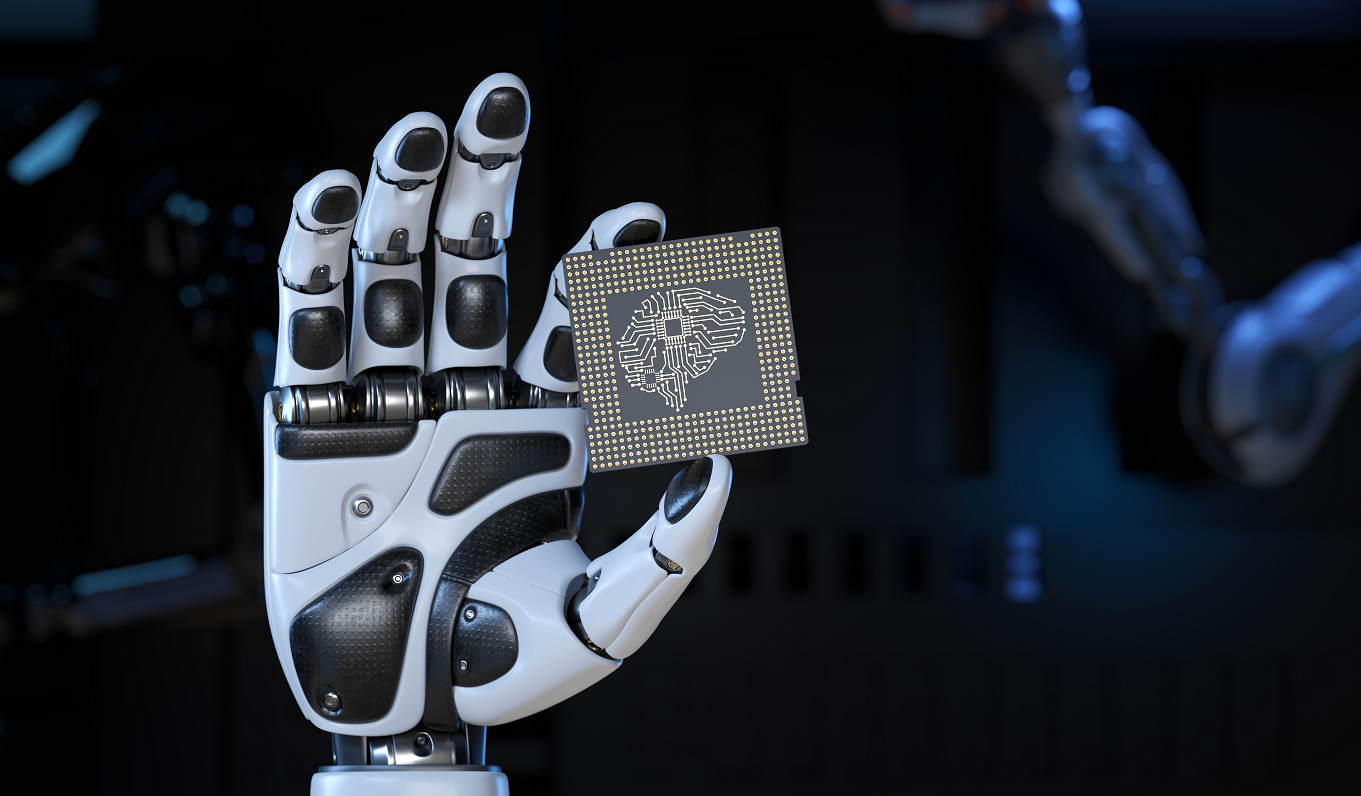Experts agree: The age of artificial intelligence is here

The American company NVIDIA asked its experts for the mantra of 2023. They predict that, despite considerable uncertainty, companies will face the same imperatives as before: management, innovation, and problem solving. Artificial intelligence will become a tool to help achieve these goals.
Cliff Edwards’ text cites a Gartner survey of approximately 700 businesses in the US, UK, and Germany. It follows, for example, that companies have moved 54% of artificial intelligence projects from the pilot phase to production. And a whopping 80% of executives say that automation can be applied to any business decision while moving from the tactical to the strategic use of AI.
“We will encounter digital twins of physical processes that will be complex and multi-scale. These will be weather and climate models, seismic phenomena, and material properties. This will speed up current scientific simulations by up to a million-x and enable new scientific insights and discoveries,” says Anima Anandkumar, Director of ML Research and Bren Professor at Caltech.
“Enterprises have long had to choose between cloud computing and hybrid architectures for AI research and development – a practice that can stifle developer productivity, and slow down innovation. In 2023, software will enable enterprises to unify AI channels across all types of infrastructure, and to provide a single, connected experience for AI professionals. This will enable enterprises to balance costs with strategic objectives, regardless of project size or complexity, and provide access to virtually unlimited capacity for flexible development,” said Manuvir Das, Senior Vice President, Enterprise Computing.
“… Able to simulate at every scale, from the operating room environment to the medical robot and patient anatomy, digital twins are pioneering personalized surgical trials, and designing artificial intelligence-driven human-machine interactions…,” says Kimberly Powell, Vice President, Healthcare.
“More than 250 car and truck manufacturers, start-ups, transportation, and mobility-as-a-service providers developing autonomous vehicles are tackling one of the most complex AI challenges today. It’s simply not possible to realize all the scenarios that they have to handle by testing on the road, so much of the industry will turn to the virtual world in 2023. On-road data collection will be complemented by virtual fleets that generate data for training and testing new features before deployment. The high-fidelity simulation will operate autonomous vehicles in a virtually endless variety of scenarios and environments. We will also see the continued adoption of digital twins for vehicle manufacturing to improve manufacturing efficiency, streamline operations, and improve ergonomics and worker safety,” believes Danny Shapiro, Vice President, Automotive.
“Most robots work in constrained environments where no human activity is constrained. Advances in edge computing and AI will enable robots to have multimodal perception for better semantic understanding of their environment. This will lead to increased adoption of robots operating in brownfields and public spaces, such as retail stores, hospitals, and hotels,” posits Deepu Talla, Vice President, Embedded and Edge Computing.
“As the grid becomes more complex, due to the unprecedented pace of adding distributed energy resources, utilities will require leading edge artificial intelligence to improve operational efficiency, increase functional safety, accuracy of load and demand forecasts, and accelerate connection time for renewable energy, such as solar and wind power. AI will increase grid resilience while reducing energy waste and costs,” says Marc Spieler, Chief Energy Officer.
Source: https://blogs.nvidia.com/blog/2022/12/13/2023-ai-predictions/
Related articles
Jun 7, 2024
DJI introduces its first delivery drone
DJI introduces its first delivery drone
Jun 7, 2024
5 expert insights into the world of dynamic simulations and logistics
5 expert insights into the world of dynamic simulations and logistics
Apr 2, 2024